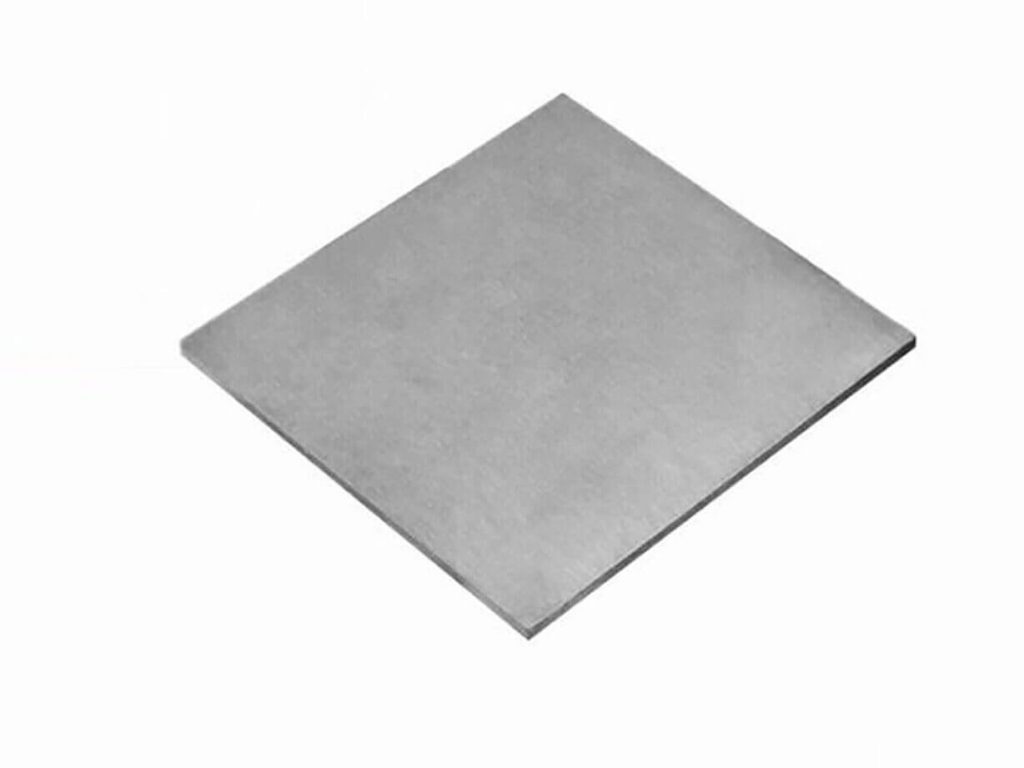In the ever-evolving landscape of aerospace and automotive engineering, materials play a pivotal role in defining the boundaries of innovation. Among these materials, titanium stands out as a game-changer, particularly in the form of titanium plates. As a lightweight, high-strength, and corrosion-resistant material, titanium plate has become a cornerstone in the construction of aircraft and automobiles, revolutionizing these industries in profound ways. In this comprehensive exploration, we delve into the transformative impact of titanium plate on aerospace and automotive engineering.
The Rise of Titanium Plate in Aerospace Engineering
Aerospace engineering demands materials that can withstand extreme conditions while minimizing weight to enhance fuel efficiency and performance. Titanium plate emerges as a top contender in meeting these stringent requirements.
One of the primary advantages of titanium plate lies in its exceptional strength-to-weight ratio. Despite being half the density of steel, titanium exhibits comparable strength, making it an ideal choice for structural components in aircraft. From fuselage frames to engine components, titanium plates contribute to reducing overall weight without compromising structural integrity, thereby enhancing the efficiency and range of aircraft.
Moreover, titanium’s remarkable corrosion resistance makes it suitable for aerospace applications where exposure to harsh environments, such as high altitude and saltwater, is inevitable. This property ensures longevity and reliability, crucial factors in aviation safety and maintenance.
Furthermore, titanium’s compatibility with composite materials allows for innovative designs that optimize strength and performance. By incorporating titanium plates into composite structures, aerospace engineers achieve a balance between weight reduction and structural integrity, paving the way for the development of next-generation aircraft.
Innovative Applications of Titanium Plate in Aerospace
The versatility of titanium plate extends beyond structural components to encompass various critical systems within aircraft. One notable application is in the aerospace industry is the use of titanium plates in jet engine manufacturing.
Jet engines operate under extreme conditions of temperature, pressure, and mechanical stress. Titanium’s high-temperature resistance, coupled with its strength and low thermal expansion coefficient, makes it an ideal material for engine components such as compressor blades, turbine discs, and exhaust systems. These components benefit from titanium’s ability to withstand the intense heat generated during engine operation, ensuring reliability and efficiency.
Moreover, the aerospace industry leverages titanium plates in aerodynamic surfaces, such as wings and control surfaces, to enhance maneuverability and stability. Titanium’s lightweight nature minimizes the overall mass of these components, contributing to fuel savings and improved performance.
Additionally, titanium’s biocompatibility makes it suitable for aerospace applications involving human interaction, such as interior components and seating arrangements. Its resistance to corrosion and fatigue ensures passenger safety and comfort throughout the aircraft’s operational lifespan.
Titanium Plate in Automotive Engineering: Driving Innovation
Beyond the realm of aerospace, titanium plate has also made significant inroads into the automotive industry, where lightweighting and performance are paramount. In the pursuit of fuel efficiency, emissions reduction, and enhanced driving dynamics, automotive manufacturers are increasingly turning to titanium as a strategic material choice.
One of the most notable applications of titanium plate in automotive engineering is in exhaust systems. Titanium’s exceptional heat resistance and corrosion resistance make it an ideal candidate for exhaust components, where temperatures can exceed 1000°C during operation. By utilizing titanium plates in exhaust systems, automakers can achieve significant weight savings compared to traditional steel or stainless steel alternatives. This weight reduction contributes to improved fuel efficiency and vehicle performance while also enhancing the aesthetic appeal of high-performance vehicles.
Furthermore, titanium plates find application in critical chassis components, such as suspension springs and anti-roll bars. By replacing conventional steel components with titanium counterparts, automotive engineers can reduce unsprung mass, thereby improving handling, ride comfort, and overall vehicle dynamics. This enhancement in agility and responsiveness is particularly sought after in performance-oriented vehicles where every gram counts.
Moreover, the aerospace industry’s advancements in titanium alloy development have facilitated the adoption of titanium plates in automotive engine components, such as connecting rods, valves, and pistons. These components benefit from titanium’s high strength-to-weight ratio, allowing for increased engine performance, reduced fuel consumption, and enhanced durability.
Challenges and Future Outlook
While titanium plate offers numerous advantages in aerospace and automotive applications, its widespread adoption is not without challenges. One significant obstacle is the cost associated with titanium production and processing. Titanium’s extraction and refinement processes are complex and energy-intensive, leading to higher material costs compared to conventional metals such as steel and aluminum. Additionally, machining and forming titanium alloys present technical challenges that require specialized equipment and expertise, further adding to manufacturing costs.
However, ongoing research and development efforts aimed at optimizing titanium processing techniques, alloy formulations, and recycling methods are poised to mitigate these challenges in the future. As technology advances and economies of scale come into play, the cost barriers associated with titanium production and processing are expected to gradually diminish, making titanium plate more accessible to a broader range of applications.
Looking ahead, the future of titanium plate in aerospace and automotive industries appears promising. Continued innovations in material science, manufacturing processes, and design methodologies are poised to unlock new possibilities for titanium applications, further pushing the boundaries of performance, efficiency, and sustainability.
In conclusion, titanium plate stands as a transformative material in aerospace and automotive engineering, offering unparalleled strength, lightweight, and corrosion resistance. From aircraft structures to automotive exhaust systems, titanium’s versatility and performance have revolutionized how we design, build, and operate vehicles. As we continue to harness the potential of titanium plate through research, innovation, and collaboration, the sky’s the limit for its applications in shaping the future of aerospace and automotive industries.
